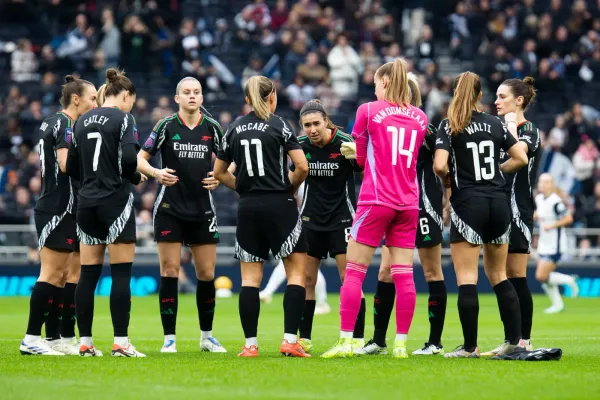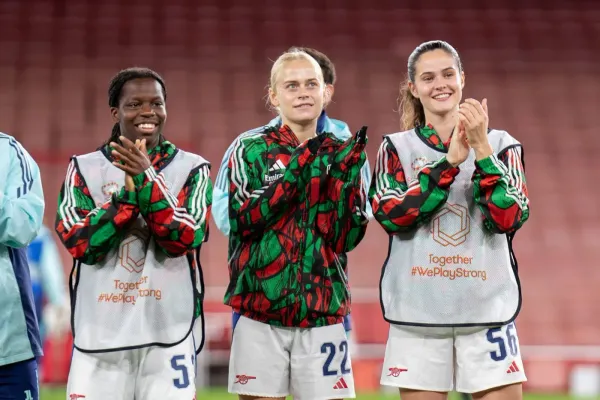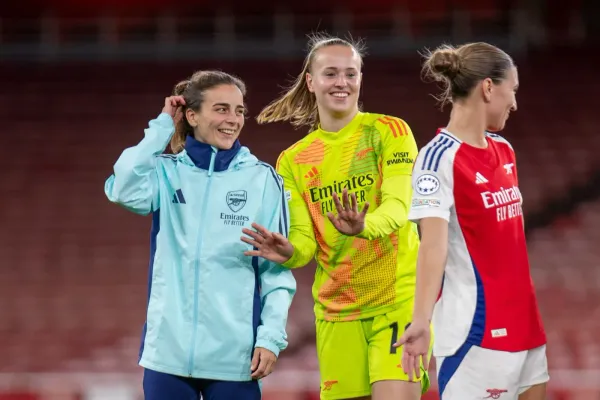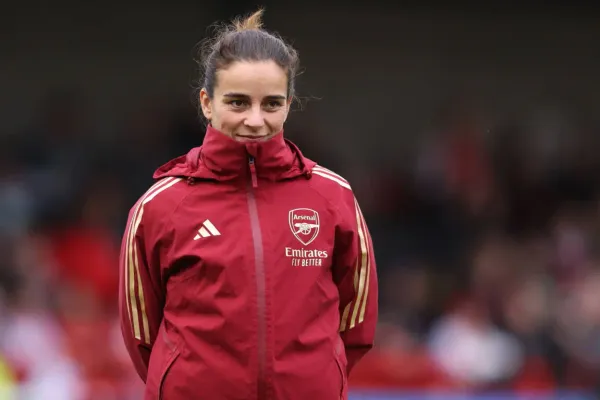Diff'rent Strokes
Jonas Eidevall's squad is a toolbox
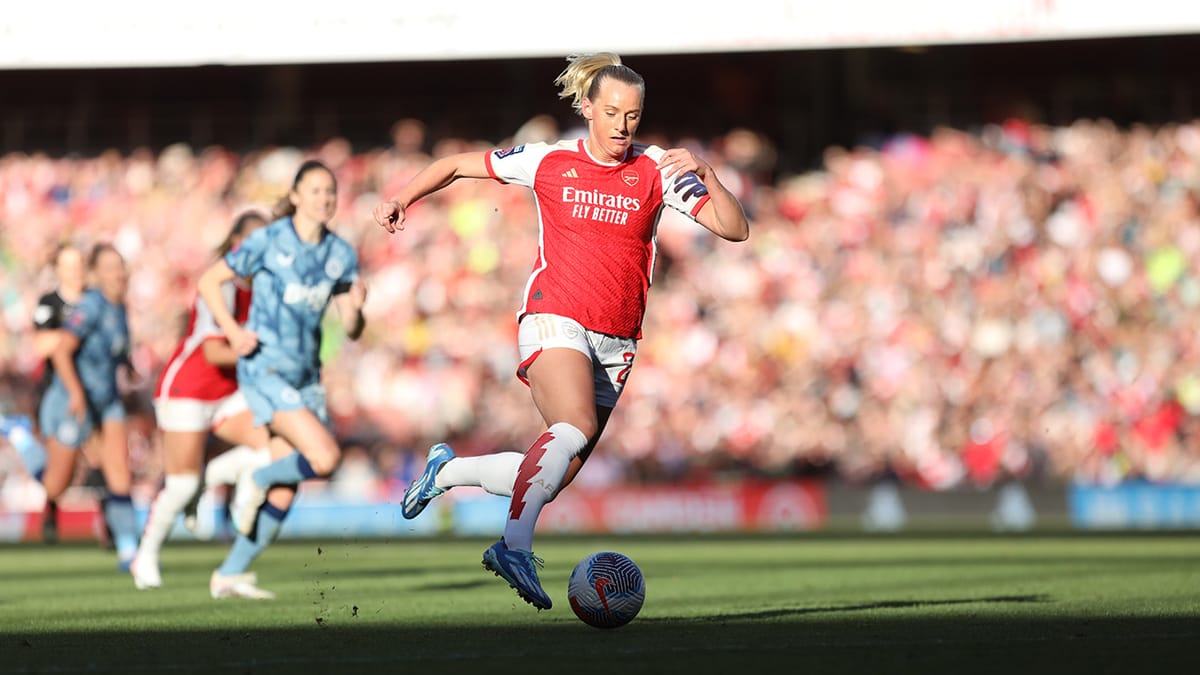
In the international break mailbag a few weeks ago I described squad usage / rotation as possibly Jonas Eidevall’s biggest challenge this season. Arsenal have a big squad and all of the players are evidently wanted by the coach. How he uses and rotates them during this campaign is going to be intriguing.
We will see some players tomorrow night against Bristol City that we haven’t seen very much of so far this season. This is part of the problem, of course, Arsenal had to build a squad for Champions League participation but having failed to qualify for the group stages, they are left with four Conti Cup group games and an emptier looking schedule in the second half of the season (which they should aim to use to their advantage in the WSL).
However, we have already seen signs of how Eidevall plans to use his squad, with a horses for courses approach tactically. 16 players have played more than 100 minutes so far this season and that will swell quickly with Mead and Miedema accelerating their comebacks. While every team worth its salt has a core of trusted players, Eidevall has picked teams according to his game plan.
At Manchester United, for instance, the team selection was all about the counter attacking game plan. Russo and Little played out wide because both are excellent at spinning away from pressure. Victoria Pelova played in the midfield double pivot for the same reason. Sabrina D’Angelo started in goal because of her long throws and long kicking to get Arsenal away on the break. Stina Blackstenius started that game upfront due to her strength at running the channels, which served the counter-attacking gameplan and was the source of the opening goal that night.
“We thought we could use some key qualities with Stina’s running in behind and Kim’s ability to drive the ball forward,” he told me after the game. On Sunday, Blackstenius, who has effectively lost her place to Alessia Russo, came off the bench to score the winning goal against Manchester City. Eidevall again referred to the Swede’s qualities in the channels, which she demonstrated with the goal, as a prime reason for bringing her on for Russo for the final third of the game.
“We got too low in our positioning in the second half,” he told me. “Players were a little bit tired as well, they are coming back from international break, instead of trying to change that in the second half, I brought on Stina because I thought ‘if that is the way we are going to do it, instead of trying to be too hollow and playing inside, let’s stay compact’ and then when we do win the ball we have one of the best players at attacking the channels in the world.”
Essentially, he recognised that his players were tired, dropping back and instead of trying to fight that impulse for them, Eidevall recognised that his players wanted more of an outlet so that is what he gave them. Russo was on the pitch when Arsenal were in the mood to pass and combine but when they got tired and wanted to hit the channels, on came Stina. It seems as though Arsenal are moving towards considering their squad as something of a toolbox, with different instruments applied for different tasks.
On the face of it, playing Katie McCabe at right-back ahead of Noelle Maritz against City seemed a strange decision and maybe one borne out of wanting Catley and McCabe on the pitch by any means necessary. However, inverting McCabe was part of the game plan to not play with the ball too much in wide areas in Arsenal’s own half. City are incredibly strong in transition in those areas so Arsenal didn’t want to get caught out in that zone.
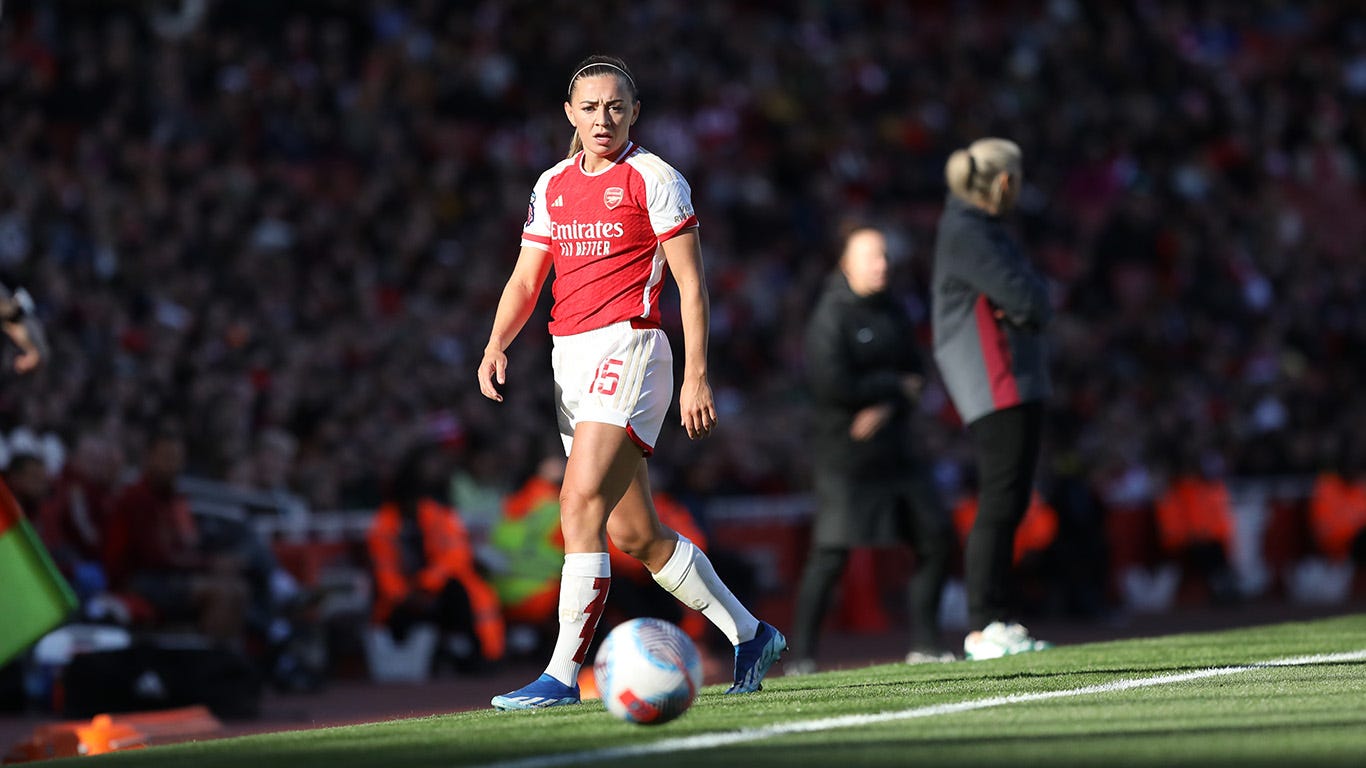
“When we have played City before we have been tricked into playing into wide areas too quickly and they are really strong there and use the sides so well. By playing Katie on her other side, naturally, we get more central passes. That means we connect better and the longer we can stay central against City and play the ball out wide later, that creates better situations.” This also played in to why Cloe Lacasse started on the right wing on this occasion.
Arsenal’s attacking plan, on occasion, essentially looked like the image below (forgive the simplicity of the graphic, this is why we hire Miedemastuff on the site!) It was about a wide-central-wide build-up, using either Pelova or Russo and their abilities to turn in space before spinning the ball out to Lacasse on the right, as Eidevall implied in response to one of my post-match questions. “There were a couple of situations in the first half where we play to Alessia and she holds it up and plays the ball out wide to Cloe Lacasse and we created good situations and I was very pleased with that.”
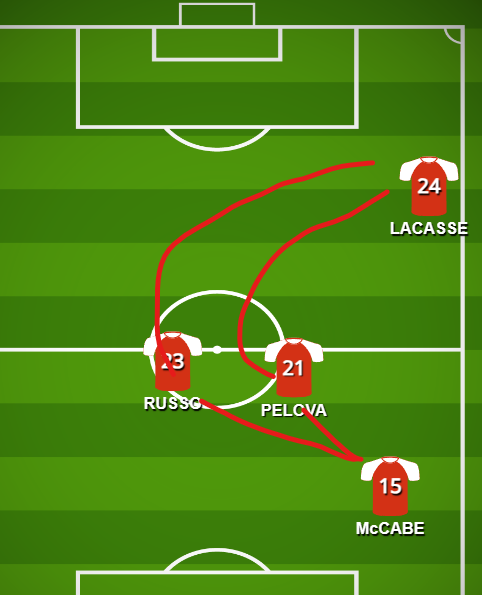
This horses for courses approach goes for the centre-halves too. Against City, Eidevall opted for Wubben-Moy and Ilestedt because of their physicality and aerial prowess against Bunny Shaw, that pair started against Rachel Daly and Aston Villa too. Against United, who started with the very different threat upfront in Geyse, it was Ilestedt, Codina and Beattie in a back three.
We also witnessed last season how Eidevall found a role for Jen Beattie in the middle of a back three. Beattie rarely starts when Arsenal play in a back four, but as soon as they move to a three, Beattie is there to play in the middle of it. Eidevall doesn’t always need and want to do this but when he does, Beattie is the player he wants most. You don’t always need a hammer but you make damn sure you have one in your house for when you do.
Prior to the Manchester City game, I asked Eidevall about the challenge of managing a bigger squad this season, “The starting point has to be what is best for the team. If the starting point is to try to please all the players in the squad, that is never going to work. It’s not possible.” Women’s football has a very player led culture, which can lead to greater supporter anxiety when starting line-ups are announced.
I say this non-judgementally but there can be a tendency to view decisions through the prism of favoured individuals. My advice for Arsenal fans this season would be not to react when you see a starting line-up and not to ask why x player isn’t playing. The explanation will almost always relate to the specific game plan for the opponent and, as Stina Blackstenius showed on Sunday and Cloe Lacasse showed at Manchester United, the subs will have a chance to play their part too.

